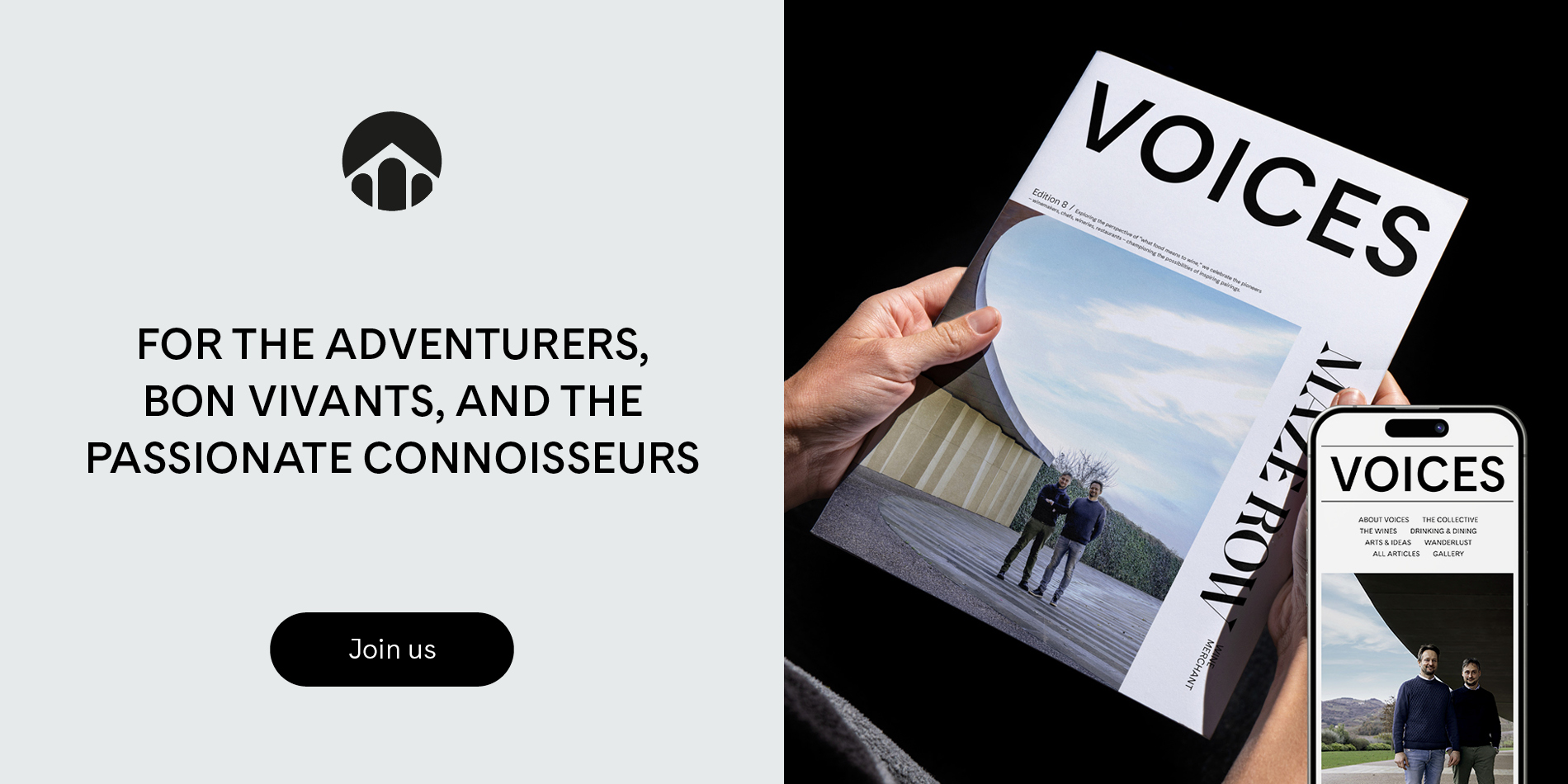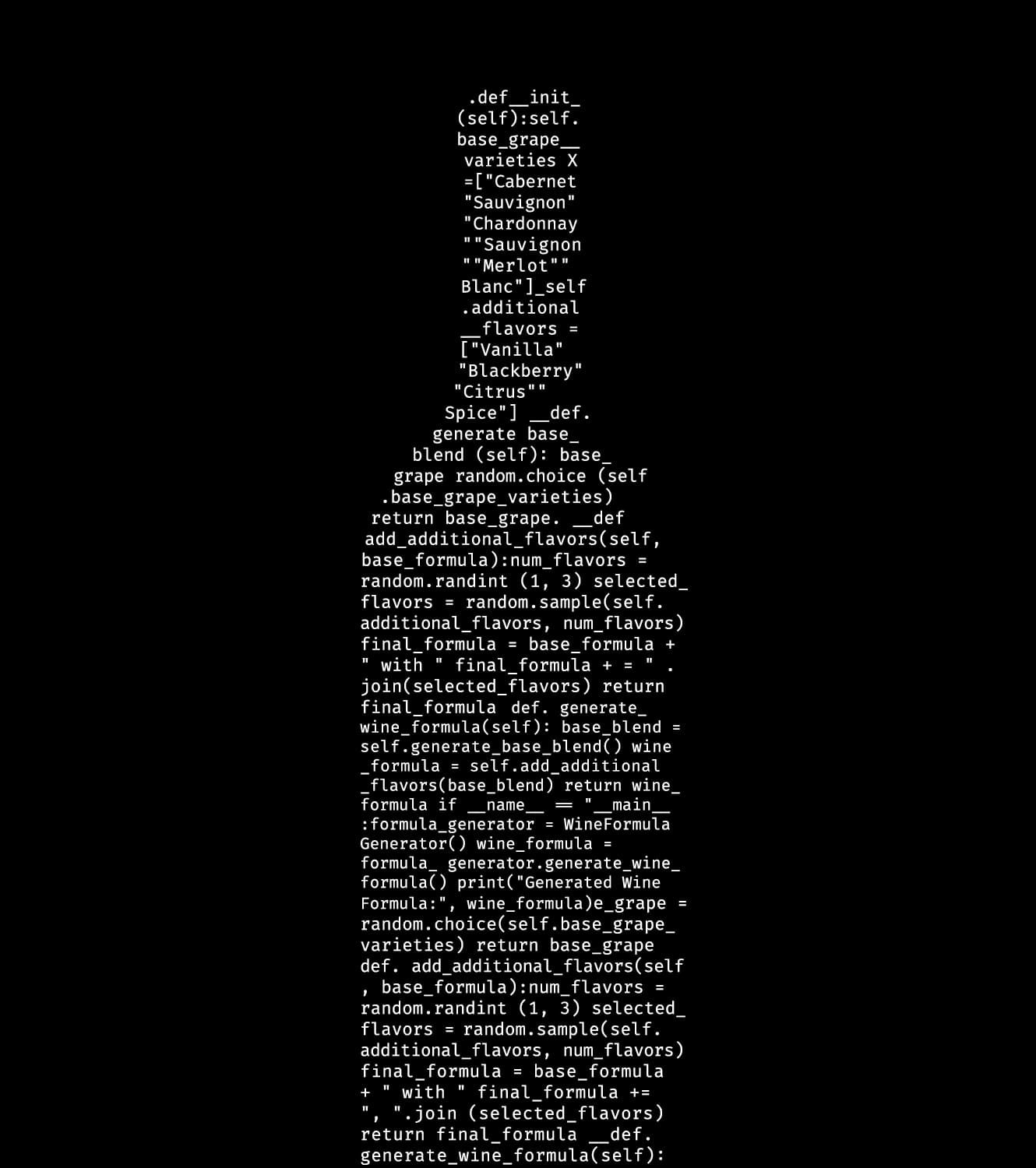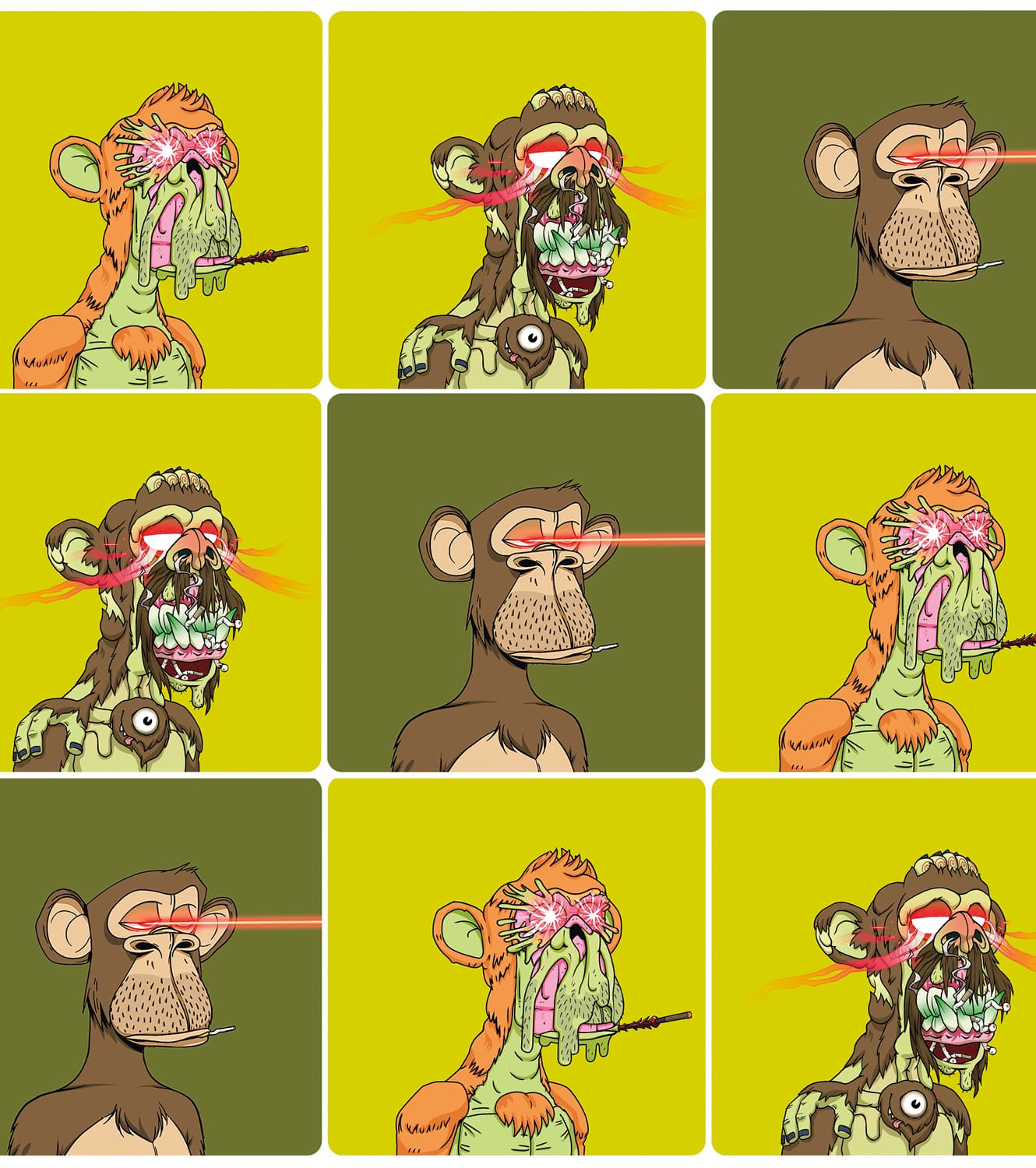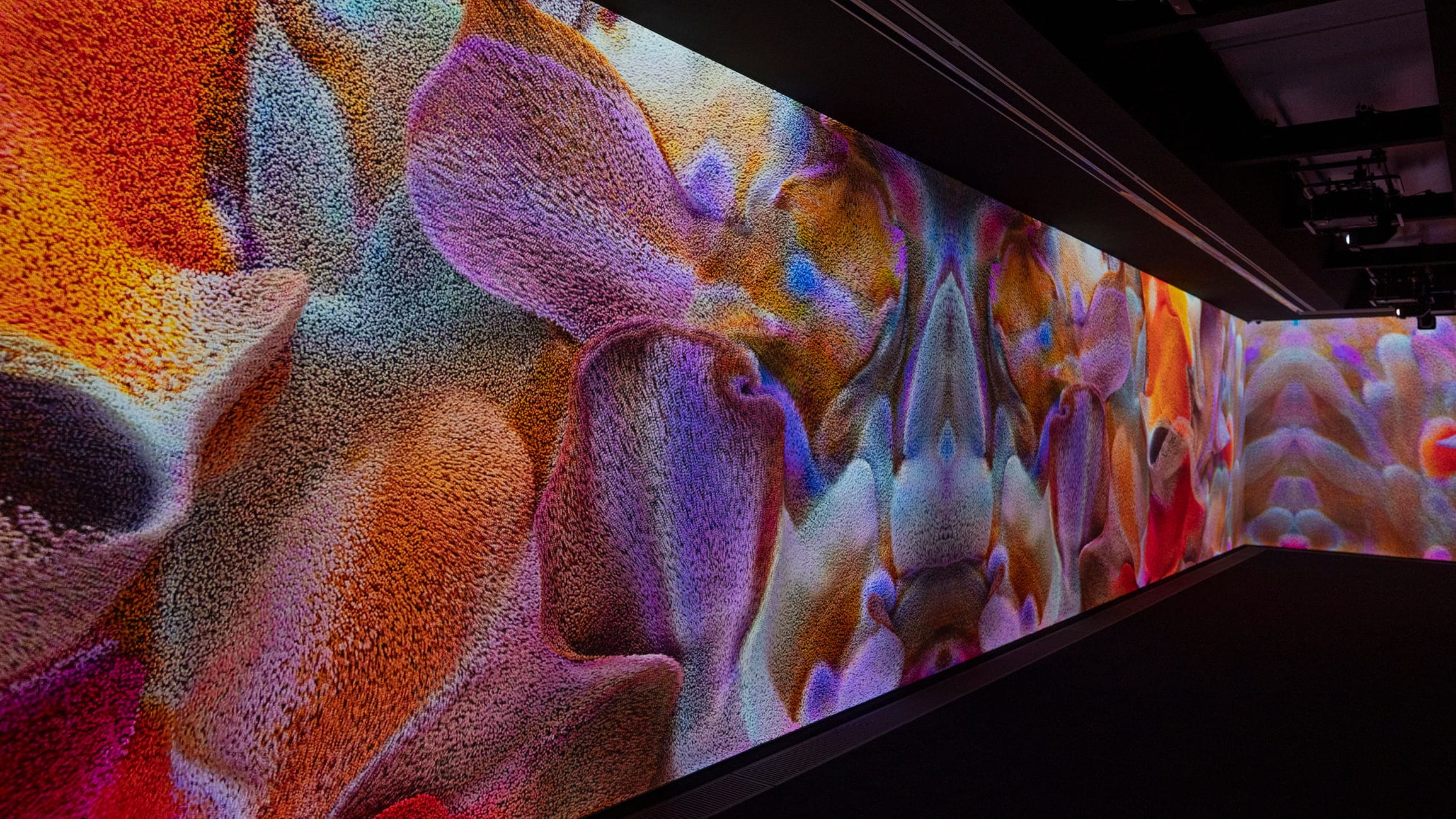
THE ART OF DATA
Can the arts harness AI technology to ignite the imagination? Refik Anadol believes so. Nargess Banks meets the LA-based leading digital artist, who transforms data sets into mesmerizing installations
I want the artwork to help demystify AI. I want to do something fresh that shakes our perspective,” says Refik Anadol, the Istanbul-born, LA-based artist seen as a pioneer in the aesthetics of machine intelligence. We are meeting at the Serpentine in London where he’s staging “Echoes of the Earth: Living Archives.” The gallery is packed on this mid-winter Thursday afternoon, with visitors of all ages transfixed by Anadol’s expansive digital artworks which swathes the walls of the gallery space. In one room we are transported to the bottom of the ocean to swim alongside colorful marine life. In another we find ourselves in the Amazon rainforest. These are ethereal artwork – alive digital sculptures which constantly generate new colors and forms and sounds. There is even a scent, co-created with Italian brand Bulgari, to evoke the sense of the rainforest.
Anadol works with self-made data sets. Central to his creations is a vast open-source AI model which his studio – a collaborative practice of environmental scientists, marine biologists, medical doctors, philosophers, computational designers – developed ethically alongside the Smithsonian and UK’s National History Museum. He also gathered data from the Brazilian rainforest where he and his wife Efsun Erkilic, who is also an artist, camped out for three months living and learning from the indigenous Yawanawá people. These are not vanity projects either. Anadol sees his deep AI dive into nature as a way of discovering a universal language that breaks our walls of identity. His is an inquiry
into what it means to be human in the age of machine intelligence.
Artists have of course long flirted with new technology, and technology with artists. Famously in the 1960s engineer Billy Klüver teamed up with artists Robert Rauschenberg, Robert Whitman and Fred Waldhauer to co-found Experiments in Art and Technology (E.A.T.), a non-profit which went on to play a critical role in integrating technology with art. Today’s artists, however, are arguably dealing with much more urgent concerns as generative AI takes on its own sweeping journey into
the unknown.
Hans Ulrich Obrist, curator and artistic director at the Serpentine, believes artists have the power to show us how to positively use new technologies, and they can reveal the “dark corridors of technology, the dangers, which is equally important,” he tells me. For over a decade, the London cultural institution has been deep diving into the ocean that is AI. The Serpentine Arts Technologies research body and Creative AI Lab, a collaborative project with King’s College London, has been investigating the impact – positive and negative – of new technology on the arts and artists.
“Refik shows us that art can intermediate between culture, technology, society, ecology… Artists can make the invisible visible,” continues Obrist. “Another important aspect is, of course, the question of how we source the data, how we ethically source archives, and who owns these datasets. We think that this is a negotiation.”
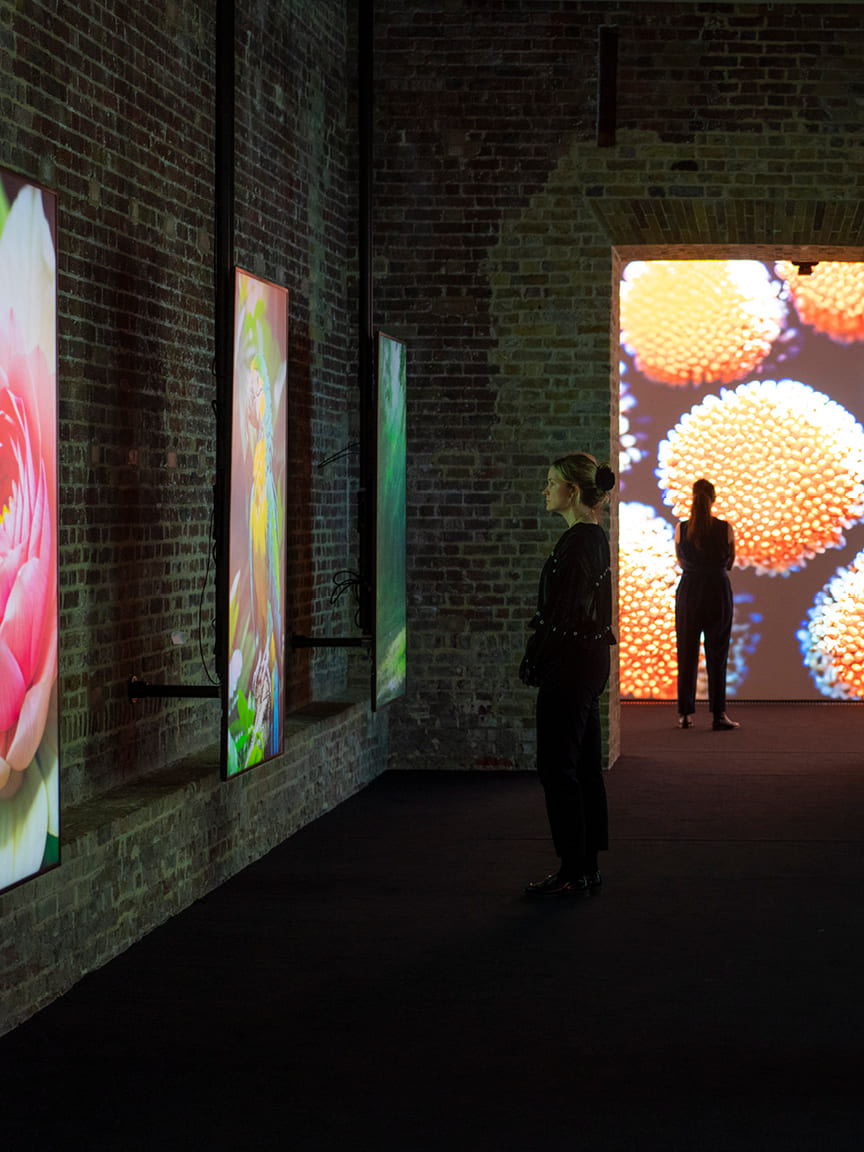
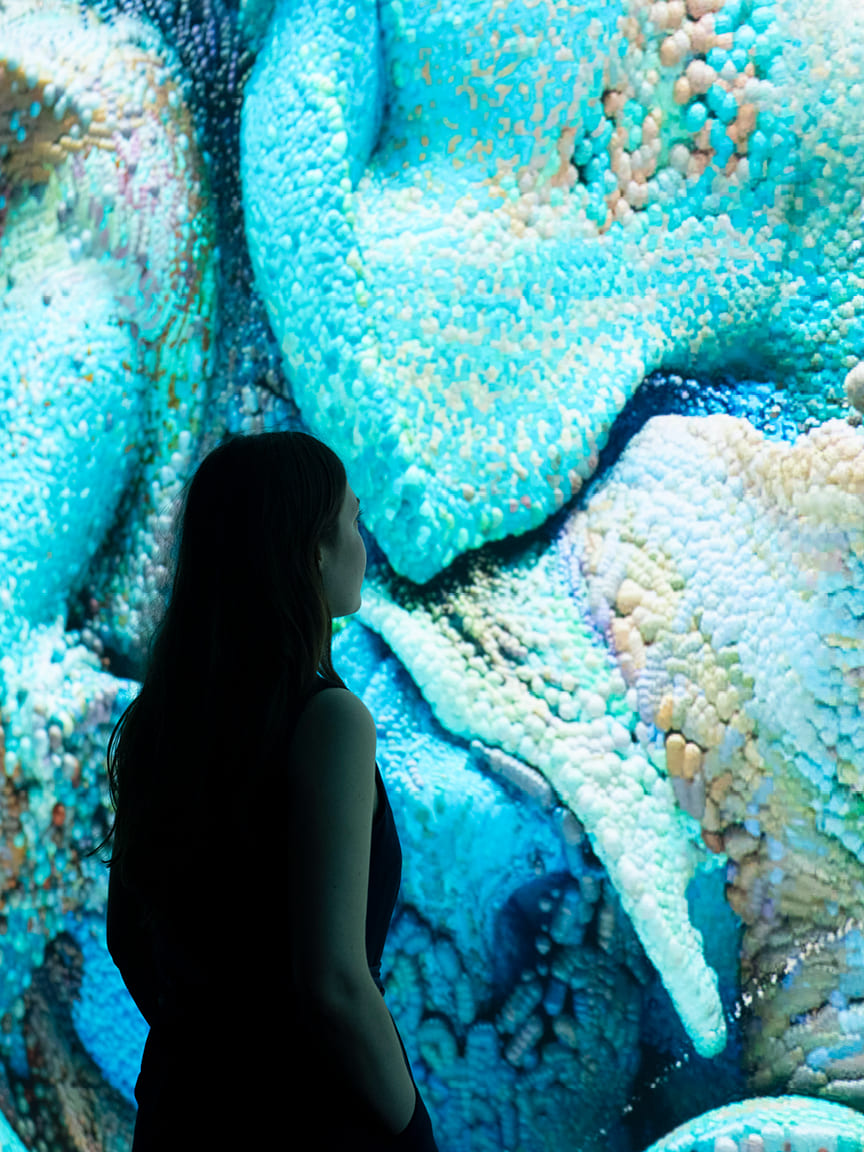
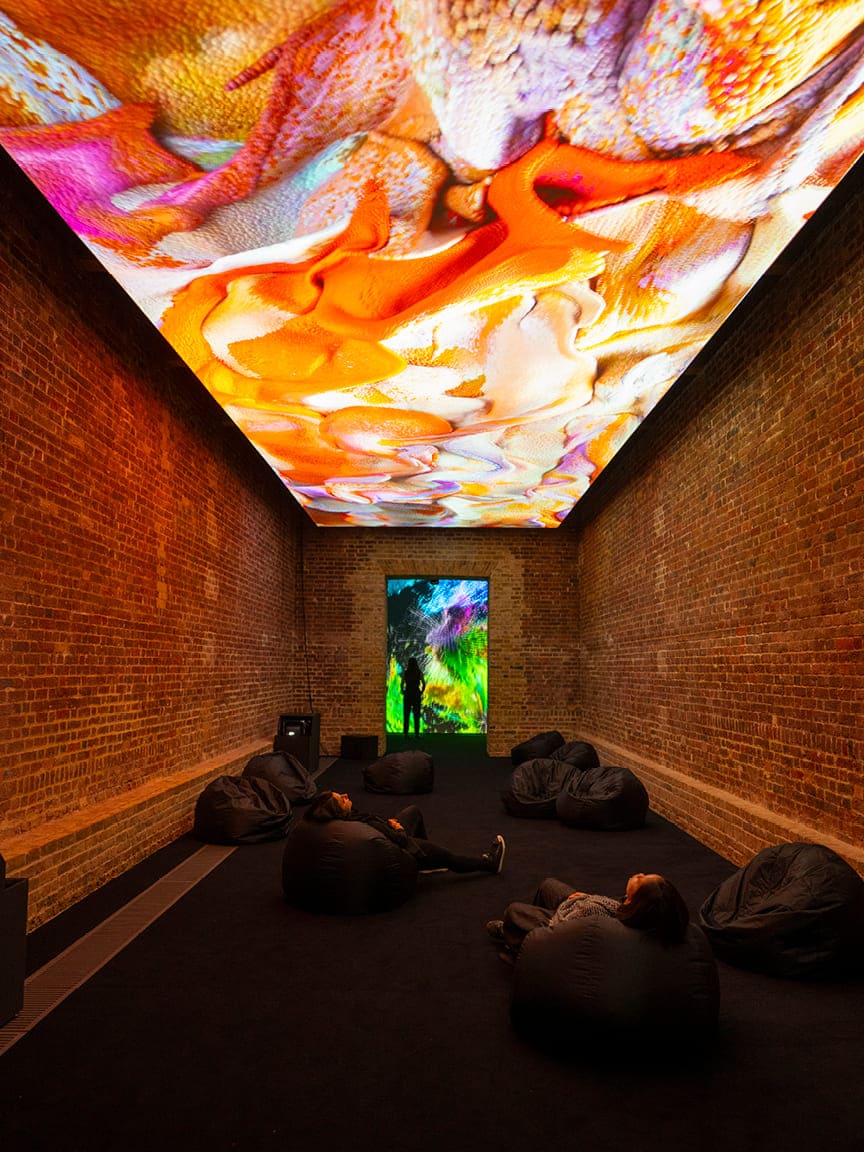
Banner Refik Anadol, installation view at Serpentine North gallery, London, “Echoes of the Earth: Living Archive” (16 February to 7 April 2024). Photo ©Hugo Glendinning, courtesy of Refik Anadol Studio and Serpentine. Above, artist Refik Anadol ©Efsun Erkilic
NATURAL SELECTION
Anadol made headlines in 2023 when his studio created a language model that took data from some 140,000 artworks in the Museum of Modern Art’s collection, reimagining them into an immersive digital sculpture he named Unsupervised. The New York art museum has since purchased the work. And Anadol is tricky to classify since as an artist and a designer his work fluidly moves between visual art, science and technology, with computational data performing the role of pigments for his artwork.
One thing is certain though. For Anadol, nature is the key to unlocking AI’s positive potential. His argument is that nature is the most unbiased, purest of data sources. And that through data visualization you can imagine sensory, immersive, otherworldly artworks in which AI invites all of us to open our human eyes to new ways of seeing, enhance our understandings of other species, and maybe help us cohabit the planet more inclusively with nature.
He also believes the human director is critical to this process, meticulously guiding every step of the AI movement. “For me it’s a process. It is the yeses and noes that create the next hallucination,” he says, referring to the data visualization. “You have to fine tune the nobs, change the parameters. And it takes months and months and months. For me art in the age of machine intelligence means knowing the data, curating the data and training the AI. It is about chance and control. These are living artworks, there are some parameters but you have to invite the freedom of imagination.”
Anadol’s work has been likened to sci-fi-infused contemporary art, yet these artworks are grounded in reality. And they are joyous. “I’m not naïve,” he tells me, his face taking on a more serious tone for the first time during our conversation at the Serpentine. “I see the problems and the limits. The technology is here, and we can use it to build a better world. But we have to be active and direct the technology. It is a 50/50 collaborative relationship.”
He explains that his AI research is less and less reliant on downloading images but sourcing directly from nature. “While the AI can create new rainforests and beautiful worlds, for me what’s amazing is understanding being within the data. Being in nature, collecting data, living with the people and in data, preserving the rainforest – this is when a whole cycle of imagination is complete. There is no tactile research if I only use the tools. When I lived in Amazonia, I touched the rainforest, heard the jaguars, lived with snakes and birds and all types of insects and animals and, for a while, got to know what it means to be in nature. This is my hope for the future of AI, that we read and understand both stories.”
Anadol talks of the concept of fluid dynamics. “I believe that one day if AI dreams, it won’t be a pigment that will dry but one that flexes and changes all the time. What I’m excited about is generative reality, where you can generate new worlds, new fields, new ideas. Now we can smell, and perhaps soon we can touch and taste. There is so much fun to think and work with AI.”
Obrist agrees with the artist in that we can use technology for fostering attention to the natural world. “We need to look at how tech can create a spiritual connection with nature to make sure we are communicating with the environment rather than continue this colonial separation from nature, which is destroying the environment,” says the Serpentine artistic director. “It’s about expanding the possibilities of how art can act as an intermediate between culture, technology and society, and how art can liberate us from becoming stuck in a quantified world – which is very dangerous.”
It has taken Anadol over 12 years to get here. I’m curious to know how the artist envisages the next decade. “We will be sitting in these worlds and with all our senses: smelling them, touching them, tasting them, interacting with them. This is a new portal for the imagination. There will be an extraordinary change in humanity, where we will question reality. This exhibition and my artwork is a milestone to communicate this with the public. We are celebrating that moment.”
“For me art in the age of machine intelligence means knowing the data, curating the data and training the AI. It is about chance and control. These are living artworks, there are some parameters but you have to invite the freedom of imagination”
artist Refik Anadol
We recommend
IT’S AI TIME
From precision viticulture to optimized communications, artificial intelligence is set to revolutionize the winemaking world, writes Richard Hough
WHERE THE ART IS
Do unusual venues and experimental curations set culture free to be explored in new and exciting ways, and by a wider public? Nargess Banks investigates
DOORS OF PERCEPTION
John Irwin delves into the art of wine talk and explores how our individual cultural backgrounds influence how we see the world – and taste it
THERE’S A COMING REVOLUTION IN ART, BUT SHOULD YOU GET INVOLVED?
In less than a year, NFTs have changed the landscape of art, yet they remain a puzzle to many. Tom Seymour looks at their staying power in the market.
